5 Benefits of Agile Procurement


As companies try to navigate fast-changing market dynamics and consumer preferences, traditional procurement methods often fall short in speed, efficiency, and innovation required to stay competitive.
That’s why many procurement departments are incorporating agile sourcing practices into their workflows.
This transformative approach emphasizes flexibility, collaboration, and adaptability throughout the procurement process.
In this article, we’ll explore five key benefits of agile procurement and how your company can leverage this methodology to drive faster time to market, higher cost savings, more efficient workflows, stronger stakeholder collaboration, and increased innovation.
Let’s dive in.
Agile procurement can speed up the delivery of products or services to customers because it differs from traditional procurement.
In traditional procurement, the focus is often on long-term contracts and rigid processes that can slow down decision-making and hinder responsiveness to market changes.
This is particularly true if procurement teams are still relying on manual, time-consuming methods to find and manage their suppliers.
Conversely, agile procurement embraces flexibility, along with technology and big data, to enable procurement teams to move faster.
It functions based on these principles of agile:
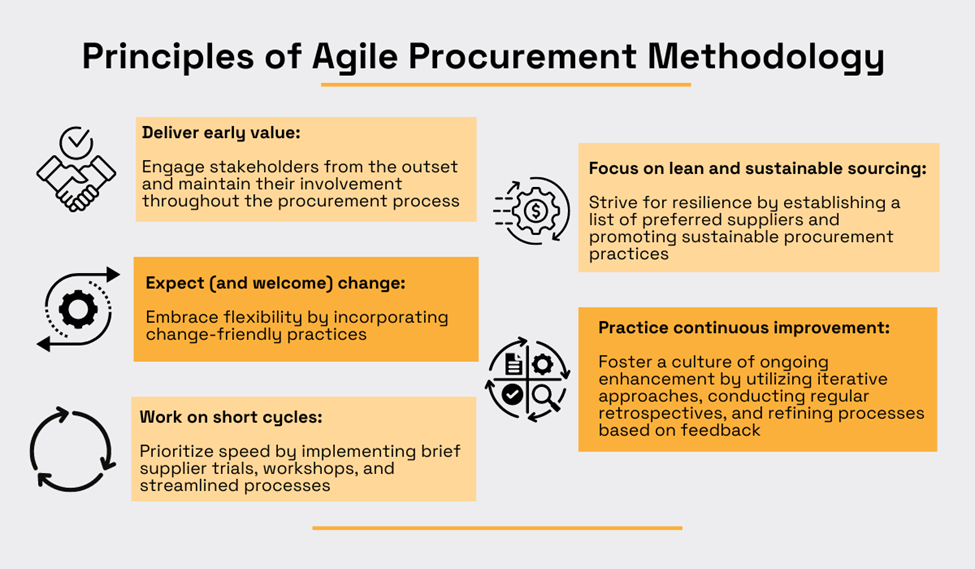
Illustration: Veridion / Data: Order.co
While all these principles enable you to accelerate specific aspects of your procurement process, a few have the biggest impact on minimizing time-to-market.
First of all, agile procurement emphasizes prioritizing speed by breaking down procurement processes into shorter, more manageable cycles.
This approach allows procurement teams to make quicker decisions.
Rather than engaging in lengthy procurement cycles that span months, agile teams focus on iterative and incremental cycles to identify and contract suitable suppliers more efficiently.
Let’s imagine a company that needs to procure packaging materials for a new product launch.
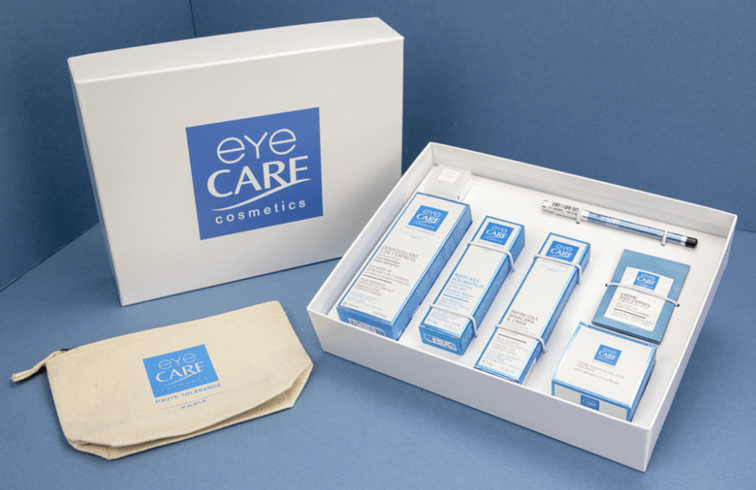
Source: Packaging Supplies
In a traditional procurement process, this would involve extensive supplier evaluations and negotiations, which could result in delaying the planned product launch.
On the other hand, an agile procurement team may opt for short supplier trials or sample testing to assess the compatibility of potential suppliers’ packaging solutions.
This approach allows the company to quickly identify the most suitable packaging supplier and finalize procurement agreements, thereby minimizing time-to-market for a new product.
In addition to shortening supplier evaluation cycles, agile procurement can expedite time-to-market by:
In general, agile procurement accelerates supplier selection and contract finalization, and cultivates an environment conducive to rapid innovation and market responsiveness, driving faster time-to-market and enhancing overall business agility.
By prioritizing value and eliminating non-value-added activities, companies can achieve cost savings while simultaneously delivering greater value to their customers.
One way agile procurement contributes to increased cost savings is through improved supplier relationships and negotiation strategies.
Agile methodologies emphasize collaboration and transparency with suppliers, which fosters stronger partnerships that can lead to favorable pricing, discounts, and better terms.
Additionally, it allows companies to adapt quickly to changing market conditions and capitalize on cost-saving opportunities.
For instance, suppose a sudden disruption in the supply chain leads to price fluctuations or shortages of key materials, or both like it happened when the pandemic started.
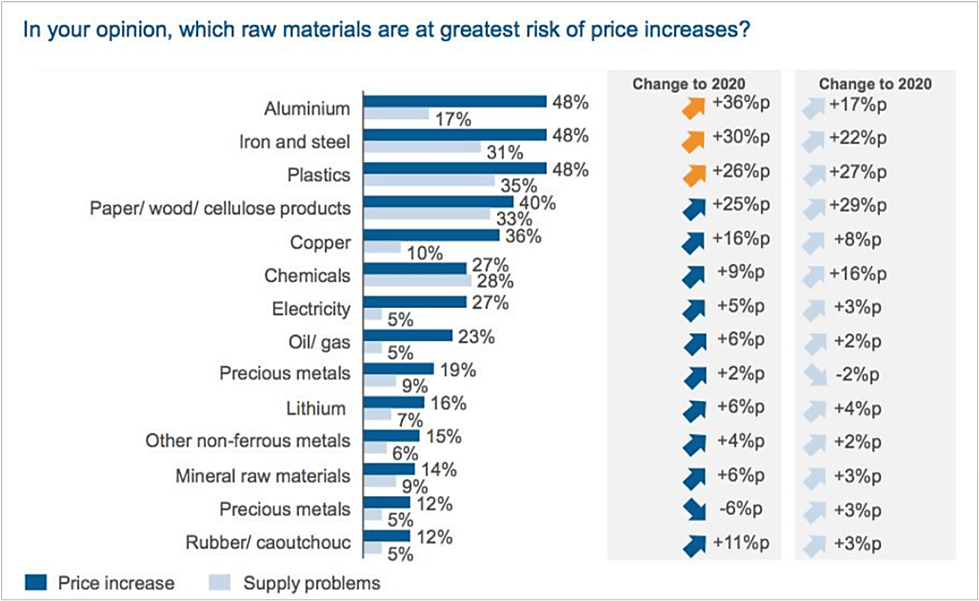
Source: Consultancy.eu
In such situations, agile procurement teams would be able to swiftly assess alternative sourcing options, either by using their backup list of preferred and already vetted suppliers or by leveraging big data platforms to quickly discover new suitable suppliers.
They can rapidly pivot to alternative sources if their primary supplier experiences price increases or material shortages.
This agility in sourcing enables companies to avoid prolonged disruptions and maintain continuity in their operations, thereby saving costs.
Another agile way to reduce costs is to identify and eliminate non-value-added activities, whether internal or external.
Here are some examples of such activities:
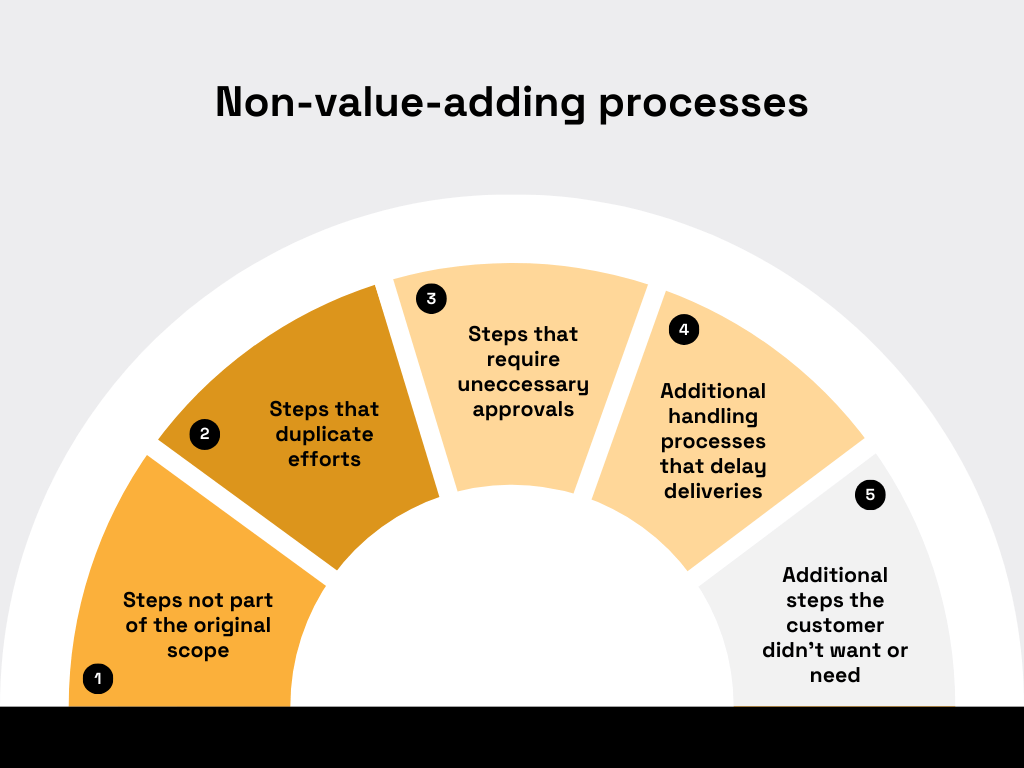
Source: Veridion
Let’s see how agility can help companies address such processes to achieve cost savings.
For example, a company might notice that a potential supplier’s contract requires excessive internal documentation processes and redundant quality inspections, resulting in a higher offered price.
By being flexible and collaborating with that supplier, these requirements can become simplified, and quality inspection processes standardized, so duplicate efforts are eliminated.
This, in turn, enables the supplier to implement process improvements and reduce its price, allowing the company to realize cost savings.
Therefore, by having contingencies for potential supply chain disruptions and collaborating with suppliers, companies can use an agile approach to prioritize value, optimize procurement processes, and reduce unnecessary spending.
By reducing internal inefficiencies, procurement teams can achieve better productivity and resource utilization in their activities.
In that context, technology emerges as the main tool for increasing procurement efficiency.
Technology can help procurement teams become more efficient by addressing many challenges associated with more traditional, time-consuming, and resource-intensive procurement practices.
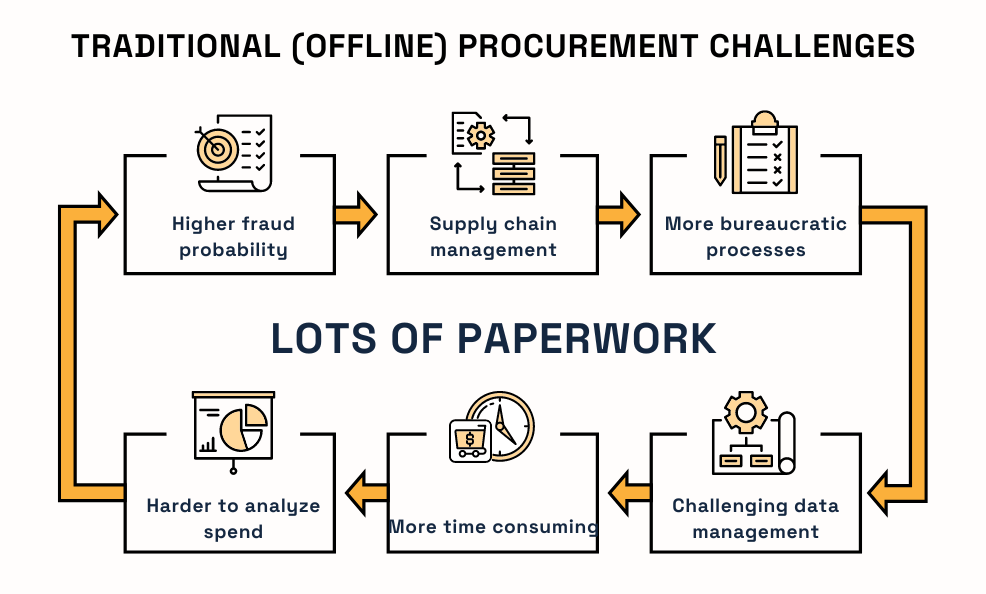
Source: Veridion
For example, implementing procurement automation solutions allows the team to streamline the procurement cycle from requisition to payment by:
Furthermore, by using procurement software integrated with other enterprise systems, the procurement team can automate routine tasks, such as purchase order generation and invoice processing.
This allows team members to focus on strategic activities, resulting in faster turnaround times for sourcing requests and improved supplier relationship management.
Moreover, such tools enable companies to optimize their procurement workflows, improve spend visibility, and identify areas for improvement.
Similarly, leveraging big data platforms enables procurement teams striving for agility to access real-time market intelligence, the latest supplier info, and current pricing trends.
In other words, they can identify the most suitable suppliers much faster.
One such supplier-sourcing tool is our own Veridion.
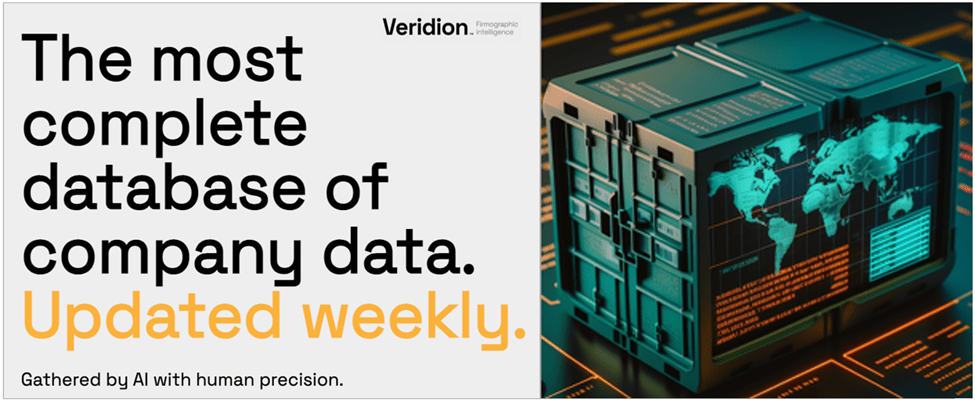
Source: Veridion
By using Veridion’s global database of suppliers and its advanced search functions, you can discover prospective suppliers quickly and easily, streamlining your supplier discovery workflow.
This effectively addresses the biggest downside of traditional procurement methods, namely the time required to find new suppliers.
When faced with sudden market changes or supply chain disruptions, teams that rely on manual methods can take several months or even longer to identify and evaluate potential suppliers.
Since, in most cases, the time needed to source a new supplier is a critical element, this automatically renders teams less effective and agile.
Conversely, by leveraging a global database of company data and search APIs, your team can use natural language input to set any procurement criteria they want and get the initial list of eligible suppliers in a few seconds.
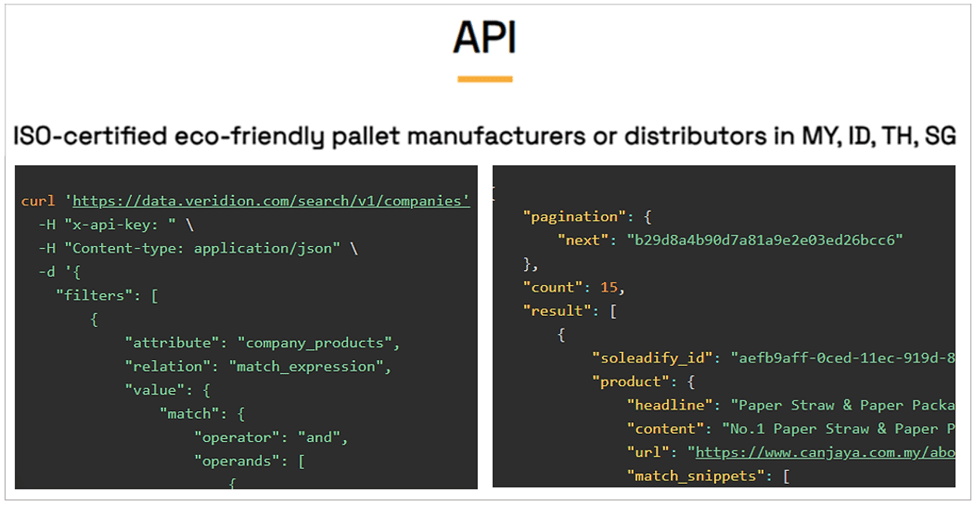
Source: Veridion
That’s why agile procurement teams readily use technology, automation, and data analytics, realizing that these tools enable them to eliminate inefficiencies and streamline their workflows.
Agile procurement encourages close collaboration among stakeholders, including customers, suppliers, and internal teams.
This collaboration fosters better alignment of expectations and understanding of requirements, as well as more effective decision-making.
Simply, strong internal collaboration is essential for successful agile procurement. There is no agility without communication.
In agile, silos between company departments are broken and intradepartmental teamwork more prominent.
For instance, a cross-functional procurement team comprising members from various departments such as finance, legal, and operations can work together to identify opportunities for cost savings and process improvements.
To do this, the team can leverage various analytical methods, such as cost and value engineering, which is focused on reducing product costs and increasing product value.
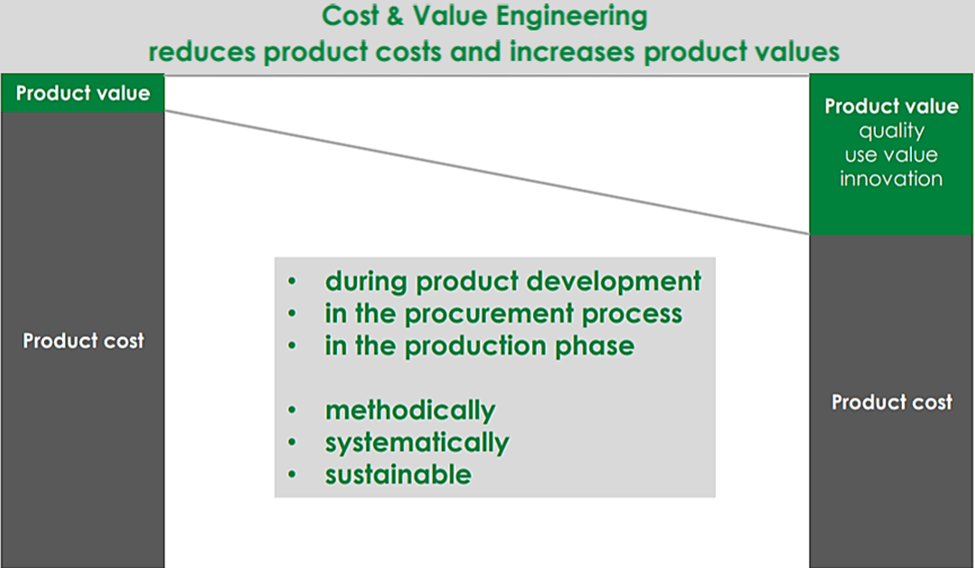
Source: Orago
This collaborative process (typically done with the help of value engineering software) ensures that all internal stakeholders are aligned and working towards common goals.
Of course, collaborating closely with suppliers can yield significant benefits for both parties.
By engaging suppliers as strategic partners rather than mere transactional counterparts, procurement teams can leverage their expertise and insights to optimize procurement processes.
For instance, value engineering workshops and joint problem-solving sessions enable both the company and its suppliers to identify and address challenges together, leading to more efficient and cost-effective partnerships.
In summary, stronger stakeholder collaboration is a key driver of success in agile procurement.
By fostering close collaboration with internal stakeholders, customers, and suppliers, companies can better align their procurement activities with business objectives, achieve a sustainable competitive advantage, and as covered next, drive innovation.
In agile procurement, suppliers are viewed as partners rather than mere vendors.
This shift in perspective encourages closer collaboration and fosters innovation and creativity throughout the procurement process.
By involving suppliers early in the procurement process and leveraging their expertise, companies can improve product quality and differentiate themselves in the marketplace.
One practical example of increased innovation through supplier collaboration is the automotive industry’s approach to component sourcing.
Automakers often work closely with their suppliers, such as electronics manufacturers or material suppliers, to co-develop innovative technologies or materials that enhance vehicle performance, safety, and sustainability.
For instance, a car manufacturer may collaborate with a battery supplier to develop more efficient and longer-lasting batteries for electric vehicles.

Source: DW
This collaborative process can result in innovations that drive a carmaker’s competitive advantage and meet evolving customer demands.
Many suppliers already recognize the need to co-innovate with their customers, because then they are no longer a commodity, as Alan Baum, from Baum and Associates, aptly states.
In general, agile procurement enables companies to tap into the collective intelligence and creativity of their suppliers.
By fostering open communication, collaboration, and knowledge sharing, they can harness the diverse perspectives and expertise of their supplier network to:
For instance, the company from our first example could collaborate with packaging suppliers to develop sustainable packaging solutions that reduce environmental impact while enhancing product appeal and brand reputation.
In summary, increased innovation is a key benefit of agile procurement.
By treating suppliers as partners and involving them early in the procurement process, your team can leverage their expertise to drive product innovation, enhance competitiveness, and meet the evolving needs of customers.
This agile approach fosters creativity, encourages experimentation, and ultimately fuels business growth and success.
Agile procurement can have a transformative impact on your company’s operations by fostering flexibility, collaboration, efficiency, and innovation.
By embracing agile practices and leveraging agility-enabling digital tools, you can streamline procurement processes, strengthen stakeholder relationships, and drive continuous improvement.
Moreover, adopting agile procurement methodologies is essential for businesses to readily adapt to fast-paced changes in today’s marketplace, enabling them to remain competitive, resilient, and profitable in the face of evolving challenges.